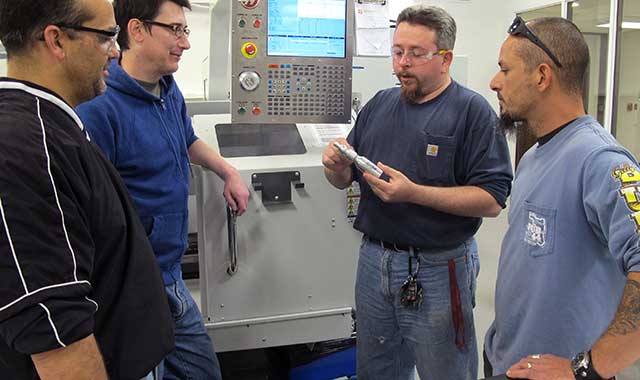
We all know that we can claim a tax deduction for charitable donations. The IRS states that we can donate any property of value, in addition to cash, to a defined charity. We are then entitled to claim the full market value of that donation as a deduction.
This becomes important when donations of non-cash items are given to charity. When making a sizable donation to a charity, many people will sell some item they own and then donate the proceeds to the charity. If you are dealing with property that declines in value, such as a car or boat, this is fine. But when you are selling property that has increased in value, selling it prior to donating the proceeds will create taxable income for the seller. A much better method is to give property of increased value to the charity, then claim a tax deduction for the full market value, all the while avoiding any capital gains income.
Making a gift to support a cause you believe in can be more than a reflection of your personal values. Thoughtful, planned giving can play an important role in your overall financial strategy or estate plan. Some people choose to make gifts outright during their lifetimes. Others prefer to bequest donations from their estates. The advantages to planning for charitable giving include reducing income tax, eliminating capital gains taxes and reducing taxes on your estate. The most popular tool for achieving these goals is a Charitable Remainder Trust (CRT).

A CRT is created to receive, own and control property. There are four parties involved when creating a CRT. They are the donor, a trustee, the beneficiary(ies) and a person to receive the income (the income beneficiary) from the CRT.
A donor creates the CRT and donates cash or property to the trust. Because the trust property will ultimately be distributed to a charity, the donor is allowed a charitable deduction in the year the gift is made to the trust. In addition, in those circumstances where estate taxation is important, because the CRT owns the property, the value of the property is removed from the estate of the donor, thereby reducing the size of the taxable estate.
Upon creating such a trust, the donor names one or more recognized charities as the beneficiary(ies) – to receive the property of the trust at some point in the future, usually upon the death of the donor. It is these beneficiary charities which qualify the trust as a charitable organization.
The trust names a person to make decisions for it, again usually the donor. That person is the trustee. The trustee is responsible for making decisions for the trust, including investment decisions. The trustee is usually also the donor.
The income beneficiary receives a portion of the income generated by the CRT. Since the IRS allows tax deductions for the donations to the CRT, it requires that the income be distributed to someone from the CRT. This income will become taxable when distributed. The IRS mandates minimum distributions from the CRT, usually 5 percent of the account balance. Whoever receives this income will report the income and pay taxes on those distributions.
The tax strategy is to create a CRT and place or donate appreciated property in the ownership of the trust. The donor receives a charitable donation for the full market value of the donation, thereby reducing taxable income. The trust can then sell the property to convert the donation to cash to receive the full market value. Since the CRT is recognized as a charity, there is no income tax due on the capital gain realized. The trustee is now free to invest the proceeds in a more desirable investment to achieve a perceived goal.
A significant consideration when using this strategy is that the donor will have less property to leave to heirs. This can be solved by creating a Wealth Replacement Trust (WRT). When a donor gives money to the CRT (s)he can create a second trust at the same time. That trust will acquire a life insurance policy roughly equal to the value of the donation of property to the trust, assuming that the donor is insurable. The income each year from the CRT will be placed in the WRT to pay the annual insurance premium. Since the WRT owns the insurance policy, those proceeds will not become a part of the donor’s estate, thereby maintaining the goal of estate tax reduction. Upon the death of the donor, the insurance proceeds will be paid to the WRT and subsequently distributed to the heirs of the trust.
David Wilson is the owner of Trinity Wealth Management LLC in Crystal Lake, Ill. ❚





















































